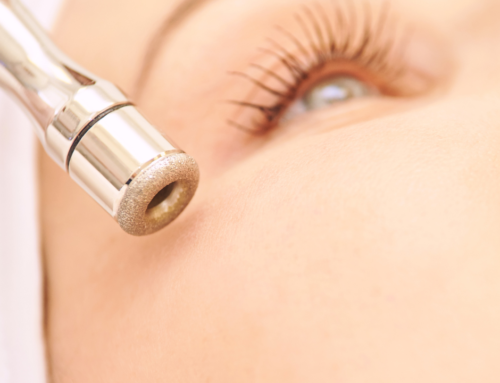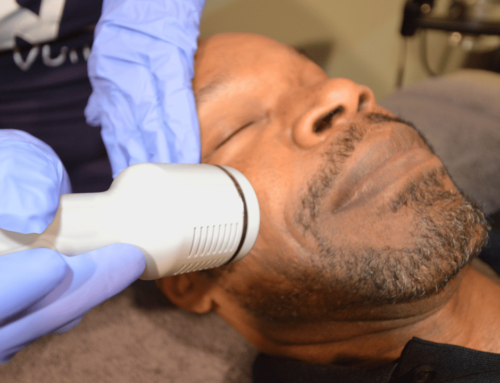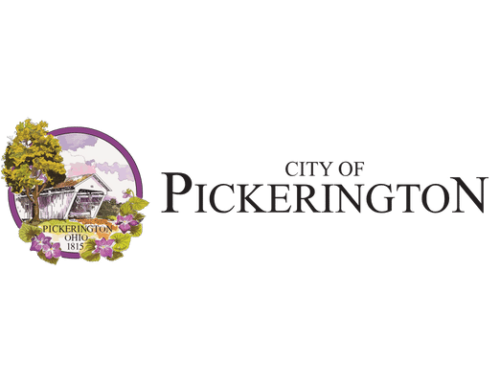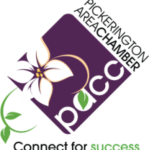Cerebral palsy is a complex and often misunderstood condition, but understanding its definition, causes, and signs,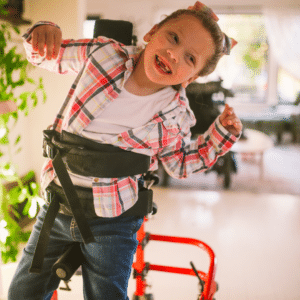 and symptoms can help to shed light on this neurological disorder.
and symptoms can help to shed light on this neurological disorder.
It’s time to get down to the nitty gritty and explore cerebral palsy in more detail – like peeling back an onion layer by layer.
The term ‘cerebral palsy’ (CP) describes a group of disorders that affect movement, posture, balance, and coordination caused by injury or abnormal development of brain cells.
CP affects people differently, ranging from mild motor difficulties such as clumsiness to severe disabilities requiring life-long medical care.
There are three main types: spastic CP which is characterized by stiff muscles; dyskinetic CP marked by uncontrolled movements; and ataxic CP which affects balance and depth perception.
While there is no single cause for CP, factors related to premature birth or low birth weight may play a role in some cases.
Massage therapy has been found to be beneficial for those with cerebral palsy, helping improve physical functioning while reducing pain levels.
What Is Cerebral Palsy
Cerebral palsy (CP) is a group of disorders that affect movement, posture, and muscle coordination. It’s caused by damage to the developing brain either during pregnancy or shortly after birth. Various forms of cerebral palsy have been recognized, each resulting from harm to distinct regions of the brain at various stages of growth.
Who Gets It
In the United States, the occurrence of CP among live births is approximately 2 to 4 out of every 1000. Presently, there are between 500,000 and 1 million people living with CP in the country. Every year, around 8000 newborns and 1500 young children are identified with the condition. Although prenatal care has been enhanced, the prevalence of CP has stayed constant or even escalated in certain regions. This could be attributed to the higher survival rate of premature infants, who are particularly susceptible to such complications. It is difficult to pinpoint other groups with a high risk, but data indicates that children born to mothers who smoke, live in impoverished settings, do not receive adequate prenatal care, and have a history of preterm births are more likely to be affected.
Cause of Cerebral Palsy
 Cerebral palsy, a lifelong neurological disorder that affects body movement and muscle coordination, is caused by damage to the developing brain. It can occur during fetal development or at birth due to abnormal development of the brain or trauma such as oxygen deprivation or infection of the mother during pregnancy, complications during labor and delivery, or traumatic injuries suffered in infancy. The possible causes behind CP can be categorized into three groups based on their timing.
Cerebral palsy, a lifelong neurological disorder that affects body movement and muscle coordination, is caused by damage to the developing brain. It can occur during fetal development or at birth due to abnormal development of the brain or trauma such as oxygen deprivation or infection of the mother during pregnancy, complications during labor and delivery, or traumatic injuries suffered in infancy. The possible causes behind CP can be categorized into three groups based on their timing.
Prenatal causes– The root of the majority of cerebral palsy cases can be linked to issues during pregnancy, which are commonly caused by maternal sickness. There are several risk factors that may contribute to this, such as contracting rubella or toxoplasmosis, suffering from hyperthyroidism, developing diabetes, having an allergic reaction to the baby’s blood type (Rh sensitization), being exposed to toxic substances, or experiencing trauma to the abdomen. Additionally, pregnancy-induced hypertension and infections of the placental membrane can heighten the likelihood of cerebral palsy.
Birth trauma– Cerebral palsy may occur when the infant experiences oxygen deprivation or suffocation (due to air blockage) during delivery. The likelihood of brain damage may also rise with respiratory problems and head injuries. Oxygen deprivation and suffocation contribute to less than 10% of all CP cases.
Acquired CP- Early infantile CP is a condition that can be caused by severe cases of jaundice, leading to hearing loss and brain damage, as well as head injuries, infections like meningitis or encephalitis, vascular disorders, or the presence of brain tumors that may cause brain damage.
Irrespective of the underlying reason for the brain injury, a child with cerebral palsy experiences some sort of functional limitation. The extent of the issue may vary from being barely noticeable and only detectable by knowledgeable individuals, to severely debilitating both physically and cognitively. The severity of the impairment is determined by the level of damage sustained in the specific part of the brain.
What Are The Types Of Cerebral Palsy
There are several types of cerebral palsy with each type having its own unique set of characteristics.
Spastic Cerebral Palsy – This is the most common form of cerebral palsy, in which increased muscle tone causes stiffness in one side or both sides of the body. Symptoms may include difficulty walking, changes in posture, abnormal movements and limited range of motion.
Athetoid CP– this type accounts for up to 30% of CP cases. This condition consists of feeble muscles and frequent uncontrollable contorting motions of the arms, legs, head, and mouth.
Ataxic CP- This form of the condition is uncommon and characterized by chronic shaking, intention tremors, and severe instability.
Dystonic Cp– involves slow, involuntary contortions of the torso and extremities.
Mixed CP– any combination of the various forms
Cerebral palsy can also be categorized based on the body part that is impacted. These descriptions align with the terminology used for other conditions of the central nervous system: hemiplegic CP denotes one side of the body being affected; diplegic CP indicates both arms or legs being affected; and quadriplegic CP suggests that all extremities are affected to some degree.
Although CP is not a condition that gradually worsens over time, the way it presents in children may change as they grow older. Occasionally, individuals who were diagnosed with mild forms of CP during their early years may show signs of improvement without intervention around the age of 7. This is due to the body’s ability to adjust and overcome symptoms over time.
Complications
For numerous people with cerebral palsy, impairment to their motor systems marks just the start of their troubles. This ailment comes with other severe issues such as experiencing alterations in their senses, comprising total or partial deafness. Furthermore, roughly 75% of individuals with cerebral palsy demonstrate some degree of strabismus – a case where one’s eyes don’t align on the same axis. However, treatment to fix this distressful state is possible and can impede any possible vision loss.
Frequent occurrences of digestive problems like acid reflux and sluggish gastrointestinal movement are prevalent in individuals with CP. Also, a decreased bone density and an increased risk of heart conditions are typical outcomes. Excessive saliva secretion and a heightened probability of tooth decay are linked to CP.
Not all individuals with CP experience cognitive difficulties, but a number of them do have some degree of intellectual disability, and those who are cognizant may struggle with effective communication. Approximately half of CP patients also suffer from seizure disorders, which may necessitate the use of potent medication to manage.
As a result of chronic tightness in the muscles, adults or children with CP may develop contractures, which are inflexible connective tissues that can replace the muscles. These contractures can exert a constant and strong pulling force on the skeleton, leading to potential dangers such as hip dislocation and severe scoliosis. The pain associated with sitting or standing may also make breathing difficult for the patient. [Other kinds of contractures]
The pain that individuals with CO experience on a daily basis is likely the most prevalent and underexamined complication of the disorder. The condition itself causes discomfort as it contorts the body into strained postures and positions, but the associated treatments, such as regular injections, surgeries, and grueling rehabilitation exercises, frequently cause significant levels of agony.
Signs And Symptoms
Cerebral palsy symptoms can vary greatly depending on the type, location, and severity of the injury. Generally speaking, however, there are some common signs that may be present in a person with CP. These include increased muscle tone (hypertonia), involuntary movements (spasticity or dystonia), delayed development of motor skills such as crawling or walking, delays in speech or language development, poor coordination and balance, vision problems, hearing loss, seizures, learning disabilities, and behavioral issues.
Diagnosis of cerebral palsy typically begins with an evaluation by a doctor who will look for physical signs and assess movement abilities. Additional tests including MRI scans may also be used to determine if brain damage has occurred.
Early intervention services can provide children with the best chance of reaching their developmental milestones despite having CP.
Treatment
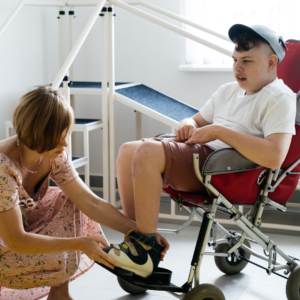 When it comes to treating cerebral palsy, a comprehensive treatment plan is essential. The goal of this plan should be to maximize the individual’s potential for independence and mobility while managing symptoms. Although there is no cure for cerebral palsy, treatment can improve the quality of life.
When it comes to treating cerebral palsy, a comprehensive treatment plan is essential. The goal of this plan should be to maximize the individual’s potential for independence and mobility while managing symptoms. Although there is no cure for cerebral palsy, treatment can improve the quality of life.
Depending on the type and severity of disability caused by CP, the diagnosis will vary from person to person and must take into account age, medical history, physical exam findings, imaging studies such as X-rays or MRIs, laboratory tests, and genetic testing. Careful evaluation allows specialists to make an accurate diagnosis and develop personalized treatment options that can include both medical and surgical treatments.
Medical treatments are used to improve the function of muscles and joints in people with Cerebral Palsy; these may include medications like Botox injections or Baclofen pumps. Physiotherapy also plays an important role in helping individuals increase their range of motion, strengthen muscle groups, maintain joint flexibility and improve coordination.
Occupational therapy assists them in developing necessary skills so they can participate in daily activities independently as much as possible, while speech therapy helps communicate effectively through use of sign language or verbal communication devices. Massage has been found to reduce spasticity – one of the most common symptoms associated with cerebral palsy.
In addition to medication management and rehabilitation therapies mentioned above lifestyle modifications are recommended for those living with Cerebral Palsy; such changes may involve eating healthy meals regularly, getting adequate sleep each night, participating in moderate exercise routines or learning how to manage stress. These strategies help promote overall health while increasing quality of life among CP sufferers who often face multiple challenges throughout their lives due to impaired motor functions resulting from brain injury at birth.
Is Massage Beneficial
The question of whether massage can be beneficial for those living with cerebral palsy (CP) is an important one.
One real-life example of this vulnerability can be seen in the case of Jack*, a five year old child diagnosed with mild cerebral palsy. Jack’s parents had noticed early on that he was not able to keep up with other children his age when it came to motor skills; he struggled with walking and balance control due to muscle stiffness and spasticity.
After consulting with their doctor they opted for massage therapy as part of their treatment plan alongside regular physiotherapy sessions. After several months of weekly massages, Jack has made remarkable progress: he now walks independently and shows improved coordination when playing sports – something his family didn’t think would ever be possible!
Massage Therapy appears to have been key in helping him make these strides forward. It helps reduce spasms and improve circulation which further increases range of motion and flexibility – two things crucial for adults and children alike looking to manage their cases of Cerebral Palsy more effectively. All in all, evidence suggests that massage can indeed be highly beneficial for many people with Cerebral Palsy so long as it is done under proper medical supervision. Schedule your appointment here.
Conclusion
In conclusion, cerebral palsy is a neurological disorder that affects the way in which a person moves and maintains postural balance. It can have many complications and affect individuals differently.
Treatment for cerebral palsy should be tailored to meet each individual’s needs. Massage has been found to offer some relief from muscle spasms, joint stiffness and pain associated with CP. However, massage should only be used as part of an overall comprehensive treatment plan developed by the patient’s healthcare provider.
Proper management of cerebral palsy requires ongoing care and monitoring so that all treatments are maximized for maximum benefit. With proper physical therapy, medications and lifestyle changes, people living with this condition may experience improved function, quality of life and mobility.
